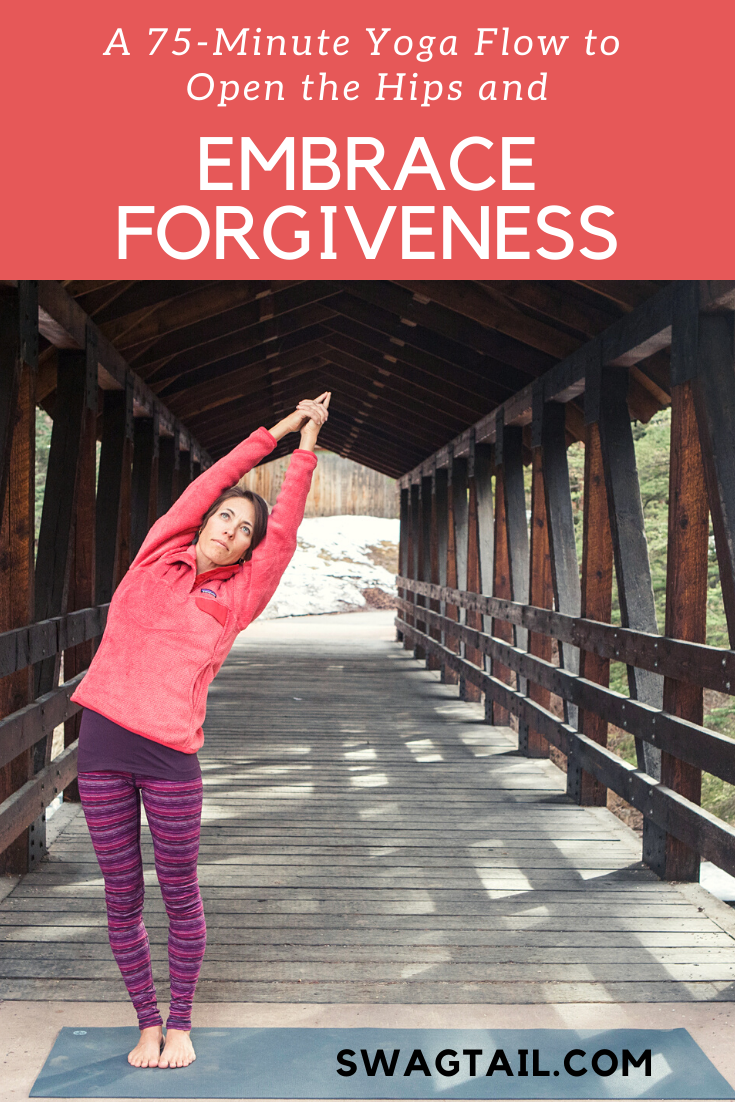 The hips are a common region of the body that stores stuck emotion. And in a societal framework that either doesn’t want to address this issue—or expects you to deeply explore such hurts—you can unknowingly amplify that same negative emotion you wish to release. Thankfully, this 75-minute flow is designed to open the hips. And just by undertaking these movements alone, you’ll metabolize stuck issues, appreciate yourself at a greater level, and embrace forgiveness in a way that gives you immense freedom in all aspects of your life.
The hips are a common region of the body that stores stuck emotion. And in a societal framework that either doesn’t want to address this issue—or expects you to deeply explore such hurts—you can unknowingly amplify that same negative emotion you wish to release. Thankfully, this 75-minute flow is designed to open the hips. And just by undertaking these movements alone, you’ll metabolize stuck issues, appreciate yourself at a greater level, and embrace forgiveness in a way that gives you immense freedom in all aspects of your life.
What I love most about this flow is that it actually pinpoints two common threads in my own life. I’ve got tighter hips, perhaps due to the years of playing sports without much stretching (and combined with my hours spent seated in a classroom for two decades).
Also, my default program when faced with challenges is anger. I hold myself to high standards and get frustrated when they are not met. It’s also easy to blame others when they don’t live up to them, either.
Thanks to yoga, I’ve made great leaps to (1) be aware of such conditions, and (2) address them before they create unwanted havoc in my life. Yoga sequences like this, combined with practical protocols off of the yoga mat, like the Forgive the Unforgivable, Put me back in charge of my life. And they give me immense hope that I can gracefully meet the growth opportunities that come my way in the future.
Photo Credit: White Starfish Photography
TIPS BEFORE YOU BEGIN
As I mentioned above, this sequence is full of many creative, dynamic movements. I highly suggest you take this free class with me online to understand my cues. This will give you a cellular memory of what to expect before guiding your students through the same postures. And, if you want a single-page PDF to reference this sequence later, scroll down to the bottom of this post.
Props Needed:
While there are no specific props required for this class, it can be helpful to have a blanket nearby. It can support the hips in seated postures, as well as provide a cushion for the knees in others. Plus, a strap could be helpful if a bind behind the back is not possible (in #6 below).
Okay, keep an open mind and have fun in this process!! It’s actually a flow I repeat often to gain better balance, coordination, freedom in the hips, and perspective in the mind.
(1) START SEATED
Purpose: I suggest starting in Virasana. This way the L3 point on the top of the foot gets pressure as you get centered in stillness here. This is where the liver meridian begins, and can create the energy to embrace forgiveness in your practice. Use any additional pranayama here to focus the mind as well.
Length: 3-5 minutes
(2) SUKHASANA FLOW
Purpose: Just by taking this particular seat, you begin to stretch the external rotators of the hips. It’s also a slower way to start, opening up the spine and entire body incrementally. This is especially true as you add in the shoulder movements.
Flow Breakdown:
- Inhale lift the right arm.
- Exhale to bend to the left (lateral bend). Finish the exhale by circling the arm down and forward, as the torso folds forward.
- Use the next inhale to reach the left arm over to the right, into a side bend on the second side.
- Exhale with the spine back in a tall, neutral position. Let the left arm lower to the side.
- Repeat lifting the left arm first, and reversing the same flow you just did.
- This is a great activity to also get the left and right sides of the brain working in harmony with one another.
Length: Take 2 complete circles on each side, then on the third round, fold forward and hold for 5 cycles of breath.
Additional Notes: Sit on a blanket if the hips are tight. Just remember to keep moving with a slower breath. It can be easy to want to rush these steps.
3) COW/CAT
Purpose: This is a symmetrical movement that starts to warm up the spine. It’s also a great way to bring some weight-bearing to the arms and build heat in the shoulders.
Length: 5-7 rounds
Additional Notes: Organic movements in torso circles, lateral bends, etc are also an option.
(4) BIRD DOG FLOW
Purpose: The goal of this sequence is to now build some heat in the core. It’s a way to increase functional movement that is required for a strong center. Then, when you take the leg out to the side, you engage the outer hips again.
Flow Breakdown:
- Inhale right leg back, parallel to the floor.
- Exhale, take the leg out to the side and tap the toes to the ground.
- Inhale back up, and extend back to the original. Position.
- Exhale, bring your knee toward the chest and round.
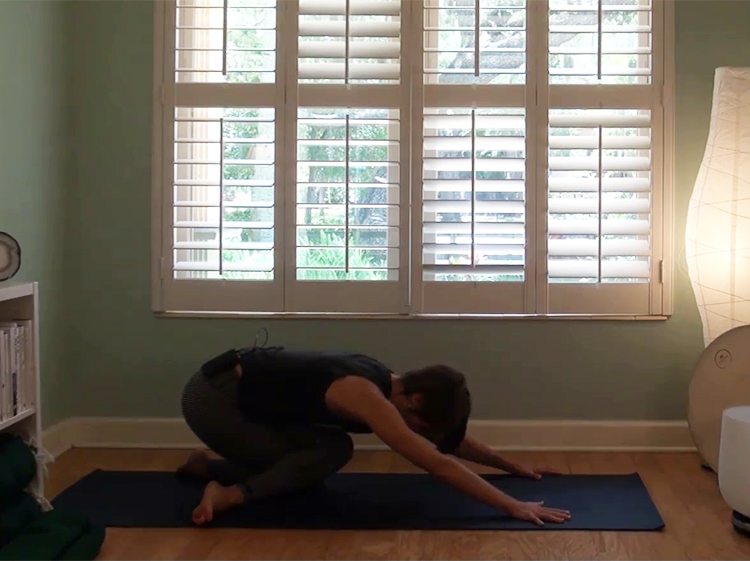 Length: Take this flow 5 times on one side, then hold in the child’s pose variation
Length: Take this flow 5 times on one side, then hold in the child’s pose variation
Additional Notes:
- Take your right knee directly behind the left, like you would for gomukhasana legs. Then sit the hips back to child’s pose. This will give a juicy stretch to the outer hip region you just activated.
- Repeat on the second side. Then press into downward facing dog and hold for one minute before walking the feet forward to the front of the mat. This will prepare you for the next portion of the sequence.
(5) SURYA NAMASKARA A
Purpose: This is a dynamic way to get the entire body moving.
Length: Take two rounds in traditional fashion, before mixing it up with the variation below.
Variation for round 3:
- Add Chandrasana, one breath on each side, before folding forward to continue with the traditional aspects of SURYA A. This is the pose in the banner image of this post.
- When you get to downward facing dog on the third round, drop your knees to the floor for tabletop.
- Inhale to gate pose, with the left hand down and the right arm up. This turns the torso to the side. Then lift the right leg parallel to the floor, toes facing the side of the room.
- Take a full cycle of breath to get settled. Then, on your next exhale, move toward the back of your mat into catcher’s squat (variation). You will use the inhale to return to that gate variation, and exhale to catcher’s squat. Repeat 5-7 times.
- Finally, extend into the full version of gate, reaching the right arm toward the front edge of your mat. The outer edge of the right foot will be on the floor, leg straight. This will elongate that outer line of the right side.
- Use the exhale, with a kapalabhati breath, to take the right arm vertical and lift the right leg parallel to the floor. This will engage the body as the breath is powerfully removed from it. Repeat 15-20 times.
- Repeat this entire floor sequence on the second side before returning to child’s pose, and then down dog.
- Finish up your round of Surya Namasakara A, ending at the top of your mat in TADASANA.
(6) CHAIR FLOW
Purpose: This sequence starts to build more heat in the quadriceps and glutes. Plus, it simultaneously opens the front of the heart, a place where you can embrace forgiveness.
Flow Breakdown:
- Inhale to chair, exhale and find a bind behind the back.
- Inhale to lift the heart.
- Exhale to fold into Uttanasana, keeping as much space as possible between the arms and back side of the body.
- Inhale back to chair, keeping the bind.
- Exhale, release the arms and inhale back to Tadasana.
Length: Repeat sequence 3 times.
(7) HORSE FLOW
Purpose: This activates the external rotators again in order to keep the wide stance. This elongates the inner region of the hips, and enhances your balance with coordinated movement.
Flow Breakdown:
- Turn to face the side of your mat and come into horse stance.
- Inhale to sit the hips down, keeping the knees pointing out over the toes. Hands remain at the heart.
- On your next exhale, come to stand on the right foot, and bring the left knee into the chest. Twist toward the left.
- Inhale back to horse, and then use the exhale to stand on the left, lift the right knee to the chest, and twist to the right.
- Repeat 5-7 times each side.
Counter pose: Fold forward in Uttanasana for 5-7 cycles of breath.
(8) CRESCENT FLOW 1
Purpose: This flow builds strength in the standing postures, continues to build heat in the external rotators of the hips, and starts to improve space around the heart (to embrace forgiveness).
Flow breakdown:
- Inhale Urdva Hastasana. Exhale fold forward. Inhale Ardha Uttanasana. Exhale Uttanasana.
- The flow really begins when you inhale and step the left foot back, so you are in a high crescent lunge leg position with your right foot forward. Use your next inhale to reach the right arm forward and up, and the exhale to circle it back and down. Take 3-5 circles.
- Inhale up to warrior two, and hold for a minute.
- Take the next minute after that to hold extended side angle, with any arm variation.
- Turn to the side of the mat and resume dynamic movements in skater pose.
- Complete this side of the flow in Prasarita Padottanasana (any arm variation).
(9) LONG FLOW THAT INCLUDES TRIANGLE
Purpose: This entire class sequence has been designed to open the hips, which is an emotional storehouse of the body. The end goal being that you can release negative emotions, such as anger, blame or frustration, and embrace forgiveness. Triangle pose, which is at the heart of this flow, is our peak pose and embodies all of the work done with the hips thus far.
Flow breakdown:
- Start the same way as the last crescent flow.
- When you are in crescent lunge legs, now keep the front knee bent as you inhale the arm forward and up. The CHANGE comes in the exhale. Straighten the front leg this time as you complete the arm circle, and fold the torso forward. This elongates the hamstrings. Repeat 5-7 circles.
- Use the inhale to move into reverse warrior. Hold 1 minute.
- Next, move into your variation of triangle, and hold for one minute.
- Take a breath to come into warrior 2, before bringing both hands to the floor again. You will end up in the same crescent lunge leg position with which you started.
- Step back to plank.
- Drop your forearms to the floor, coming into forearm plank. Stay here for 5 cycles of breath OR use your inhale to drop the hips into sphinx pose, and exhale back up to forearm plank. If you are taking the second version with movement, repeat 5 times.
- Take Dolphin or child’s pose for 1 minute to symmetrically re-balance the body.
- Step forward back to Uttanasana and then move on to the second side.
(10) MALASANA
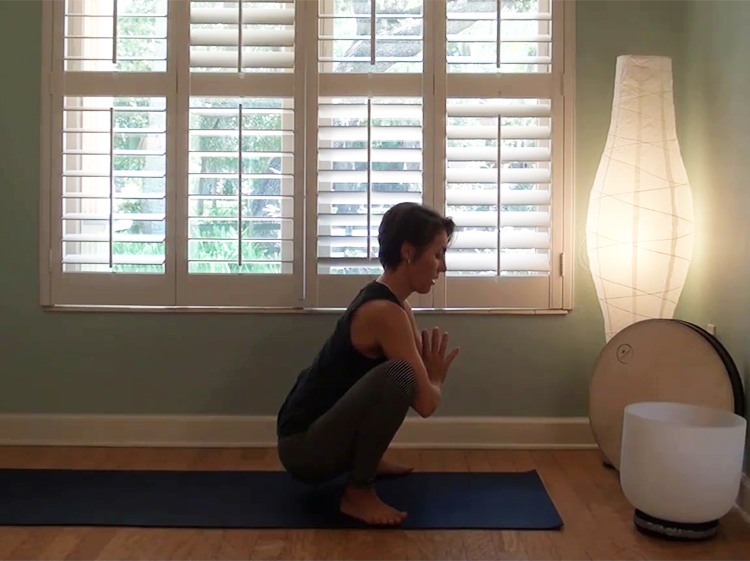 Purpose: This is a great way to bring stillness back to the body after so much movement. It continues to lengthen the inner line of the legs, as well as use weight of the pelvis to traction the spine. You can also use the hands at the heart to open the chest.
Purpose: This is a great way to bring stillness back to the body after so much movement. It continues to lengthen the inner line of the legs, as well as use weight of the pelvis to traction the spine. You can also use the hands at the heart to open the chest.
Length: Hold 5-10 cycles of breath.
Additional Notes:
- Place a block under your seat if it’s challenging to sit in this position.
- If calves are tight, place your heels on a blanket.
(11) SEATED FLOW
Purpose: This deliberate sequence of postures brings your heart rate down to a normal level. It’s a way to invite the parasympathetic response to take over the body and reduce stress that may have accumulated during movement. It also stretches the out hips, which were required to work so hard in the previous flows.
Flow breakdown:
- Bring the sole of your right foot to your inner left thigh, for Janu Sirasana A. Fold forward for 1-2 minutes.
- Next, take the sole of the right foot to the floor on the outside edge of the left thigh, and stay for a twist here. Or, you can bend the left knee and come into Ardha Matsyendrasana. Hold in this twist for 1-2 minutes.
- To balance the body, extend both legs and shake them out. Taking a symmetrical forward fold is also an option.
- Then repeat the same poses on the second side.
- Finish the flow in your symmetrical forward fold one more time. This, again, opens the back of the heart and allows you to embrace forgiveness in greater ways still.
(12) BRIDGE
 Purpose: Open the heart in this simple backbend and elongate the entire front line of the body. As you inhale, embrace forgiveness. As you exhale, let any tension in the body melt away.
Purpose: Open the heart in this simple backbend and elongate the entire front line of the body. As you inhale, embrace forgiveness. As you exhale, let any tension in the body melt away.
Length: 5-10 cycles of breath.
Additional Notes: Students with a wheel practice can also take that deeper backbend here if desired.
(13) OPEN TWIST
Purpose: The area where the quadriceps meet the IT band is a sticky area of the body. This pose stretches this area. Plus, it’s a twist, which means the spine gets one final rinse before savasana.
Length: Hold 1 minute each side.
Additional Notes: Place a blanket or block underneath your quads to make this a more restorative version of the pose.
(14) SAVASANA
Purpose: Revel in the magnificence that is you. Savor the physical sensations of being alive in your body, and allow your body to do what it does best—find homeostasis after the movement. And, on a vibrational level, you internalize the heightened capacity for energy, awareness, and love (for yourself and others) after this flow. Let that all sink in as you take up space on your yoga mat in corpse pose.
Length: 5-10 minutes
PUTTING IT TOGETHER
The hips can be a storehouse of emotional stress in the body, which often manifests as physical tension. This creative yoga sequence is designed to open the hips. In turn, this releases negative emotions such as anger, blame, and judgement. Plus, this flow opens the heart and allows you to embrace forgiveness toward yourself and others.
As one community member already posted, “Thanks so much for the very unique class!” –Gayatri
Take Action Now:
- Hop on your mat and take this class now via my YouTube channel.
- Download the sequence to save time and energy planning for your classes this week.


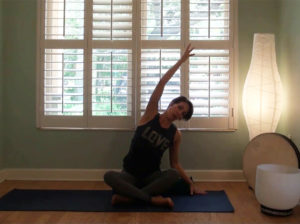
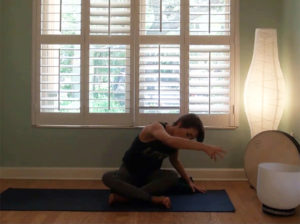
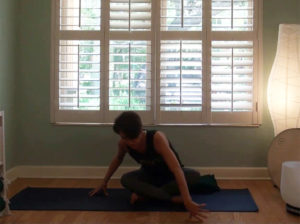
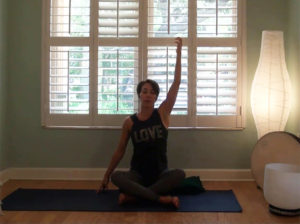
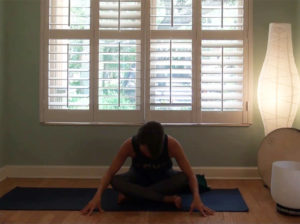
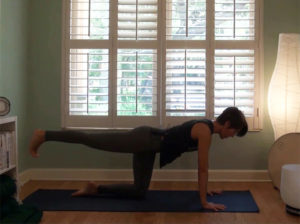
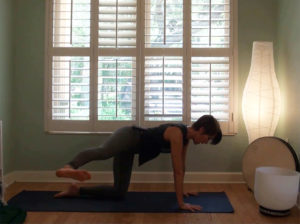
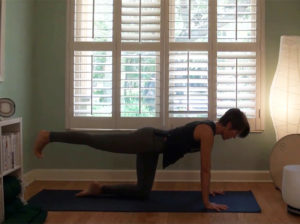
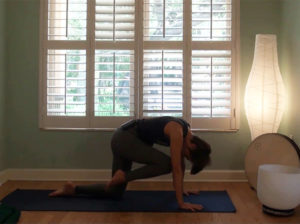
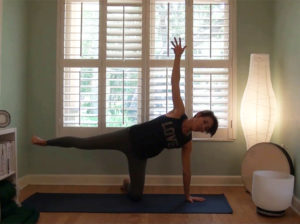
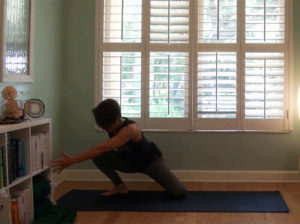
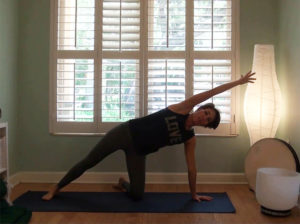
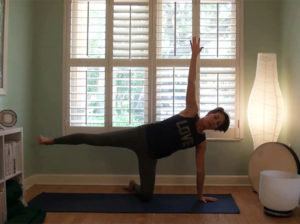
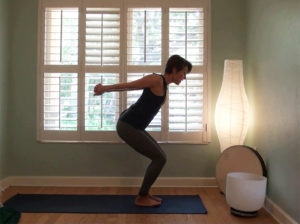
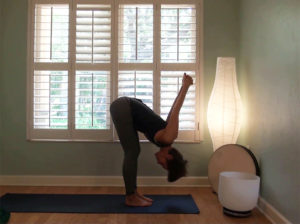
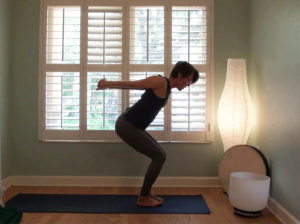
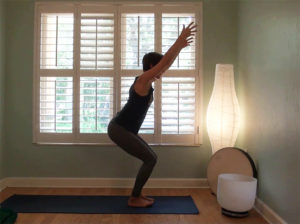
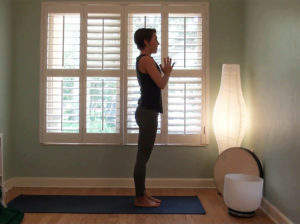

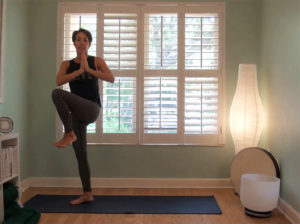
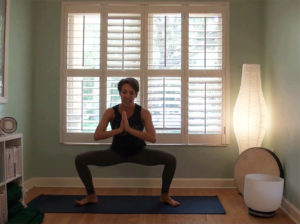
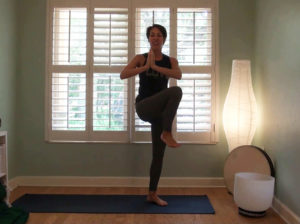
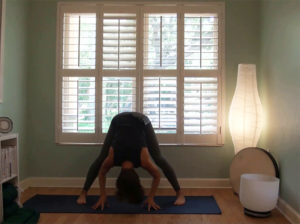
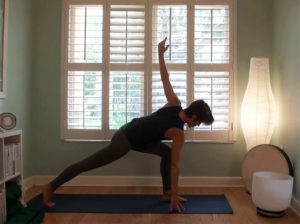
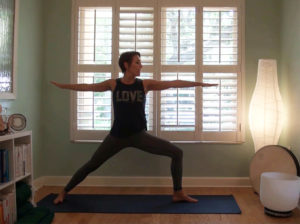
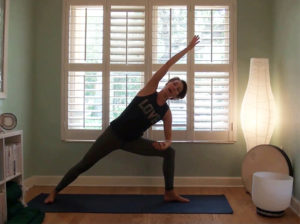
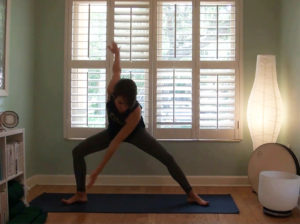
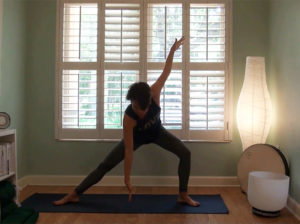
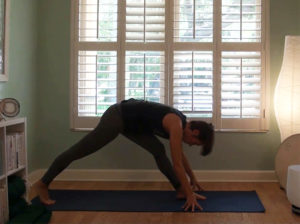
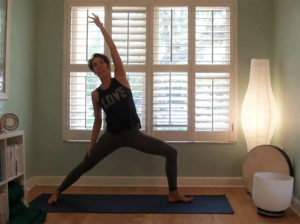
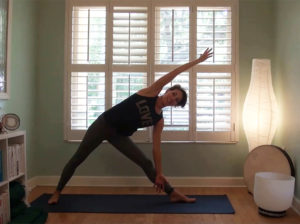
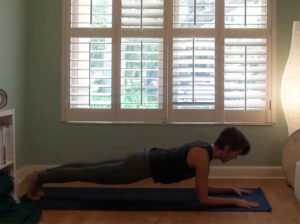
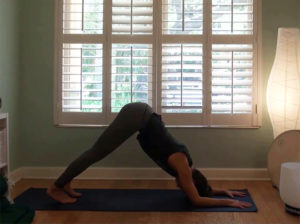
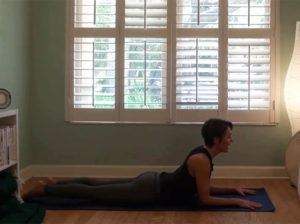
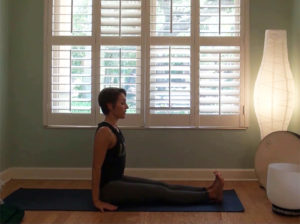
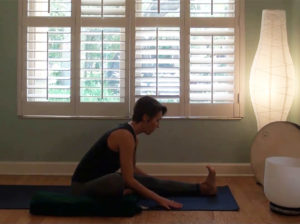
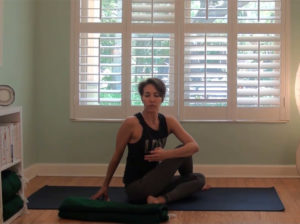
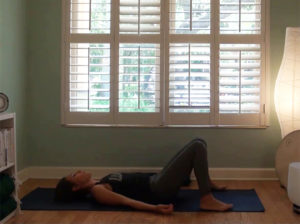
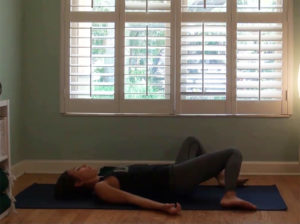
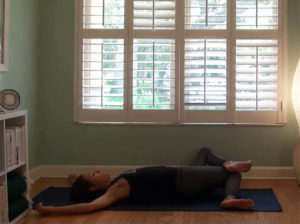

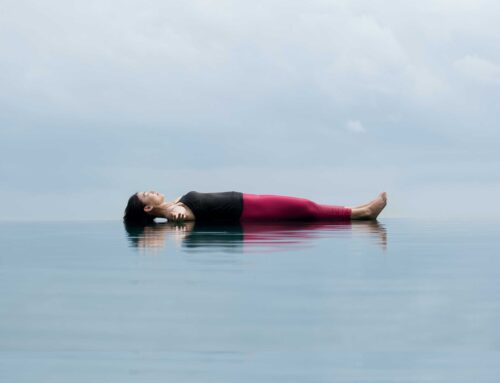

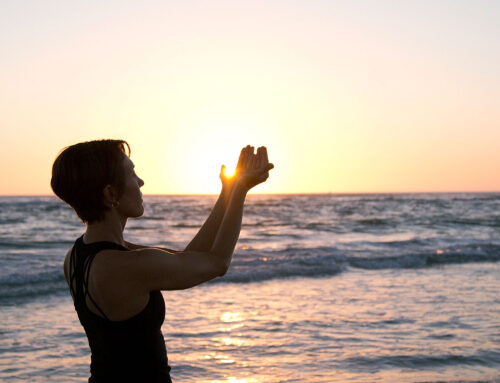
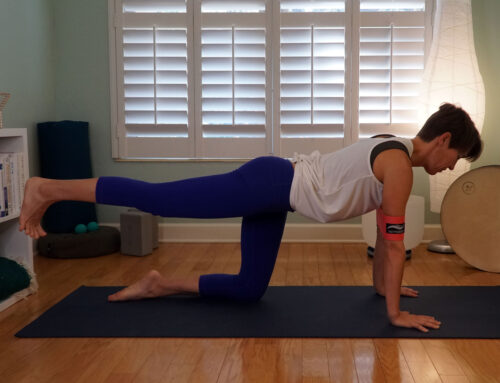
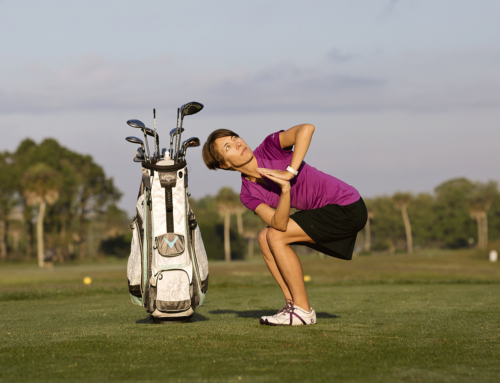
Leave A Comment